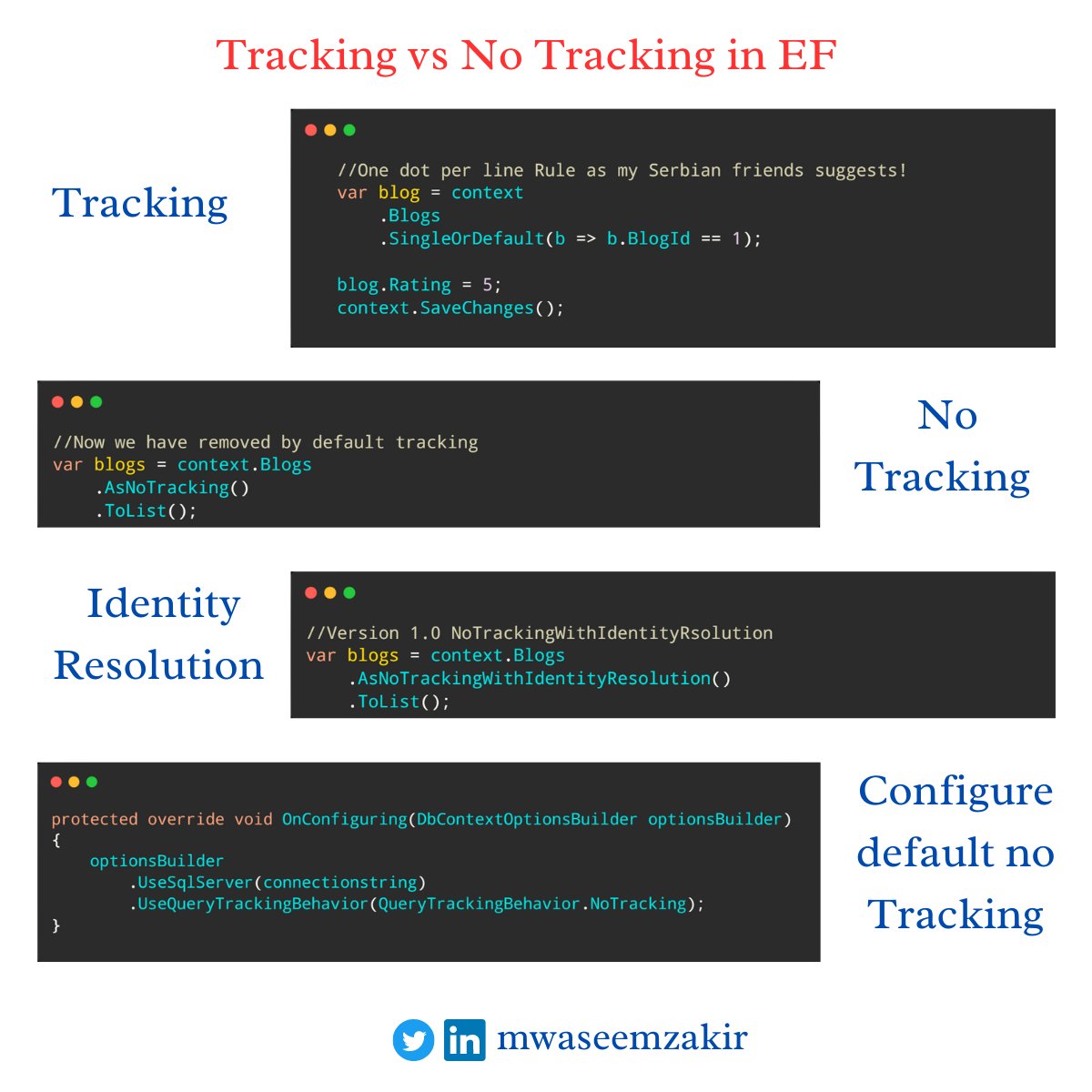💡 NULL Operators Guide in C#
- Ternary Operator (? :)
- Null Forgiving Operator (!.)
- Null Conditional Operator (?.)
- Null Coalescing Operator (??)
- Null Coalescing Assignment Operator (??=) 🧵⏬
#dotnet
- Ternary Operator (? :)
- Null Forgiving Operator (!.)
- Null Conditional Operator (?.)
- Null Coalescing Operator (??)
- Null Coalescing Assignment Operator (??=) 🧵⏬
#dotnet

Ternary Operator or Conditional Operator(?.) is used to evaluate a condition and then we can do something on that basis for true and false
#dotnet
#dotnet
Null Forgiving or Null Suppression Operator (!.) is used to suppress all nullable warnings for preceding expression. It has no effect on runtime
#dotnet
#dotnet
Null Conditional Operator (?.) is used to check if an object/property is null or not. If not, null original value is returned otherwise null is returned
#dotnet
#dotnet
Null Coalescing Operator (??)returns the value of its left-hand operand if it isn't null; otherwise, it evaluates the right-hand operand and returns its result.
#dotnet
#dotnet
Null Coalescing Assignment Operator ??= assigns the value of its right-hand operand to its left-hand operand only if the left-hand operand evaluates to null. The ??= operator doesn't evaluate its right-hand operand if the left-hand operand evaluates to non-null
#dotnet
#dotnet
If you like my post , consider joining my weekly Newsletter
Join with 1700+ : lnkd.in/dNHxJGRG
#dotnet
Join with 1700+ : lnkd.in/dNHxJGRG
#dotnet
• • •
Missing some Tweet in this thread? You can try to
force a refresh

 Read on Twitter
Read on Twitter










